
Qatar: the wealthiest nation in the world (per capita), modern marvel and falconry capital. Also pronounced “KUH-ter.”
It was “kuh-TAR” in my mind for 29 years, but in April of 2017, fresh off an eye-opening three-night visit, my life has become a series of moments in which I say, “Well, it’s actually ‘KUH-ter'” to people. I then say, “So you know,” or “I used to say ‘kuh-TAR,’ too” or something, and I feel sort of sorry. Maybe I should be sorry: NPR’s All Things Considered produced a program entitled “More Than One Way To Pronounce Qatar.”
Hmm. Well, what I know for sure of this sand-swept futurescape is that it is a hard place to know from afar. It is also a place setting standards in hospitality, and whose shiny new airport (DOH) is a fulcrum in more and more globetrotting itineraries. Westerners are starting to arrive. And now that all passengers can visit free for 96 hours—as in without having to pay for a visa—on a Qatar Airways stopover, and with the World Cup five years out, it appears that more and more people will have time to fill in Qatar. So what should they do with it?
I did some cool things in Qatar, so I have some ideas. They are below. First, some Qatar basics:
- It’s the second-safest country in the world as measured by the World Economic Forum’s “Travel & Tourism Competitiveness Report 2015.” For reasons that include stern punishments (like deportation for the many immigrants), petty and violent crimes are virtually non-existent.
- The head of state is the emir, and he can literally stop traffic. If his caravan needs your driving route, settle in.
- It gets comically hot, but all you’ll feel is the air-conditioning, which has been deemed so critical as to warrant its own independent power grid. On a related note, people spend a lot of time in (and money on) their cars.
- More than 90% of the population lives in Doha, the capital. That’s out of a total of 2.6 million. At least 80% of them are expats, mainly from India and southeast Asia. You’ll hear a lot of Hindi.
- Traffic in Doha can be appalling. The only pedestrian-friendly stretch seems to be Al Corniche, which curves along Doha Bay. That leaves a lot of people on the roads (minding signs like this one). To pass time when stopped, look for license plates with four or fewer digits and/or patterns. A Qatari license plate can be worth more than the car it tags—like this one.
- Al-Jazeera is based in Doha, and funded by the state.
- The currency is the Qatari Rial, which is ~0.27 to $1 (up-to-date USD exchange rate).
- Doha resembles a younger Dubai to the western eye, but locals insist such comparisons are unflattering. Doha is more conservative, with abayas in abundance and alcohol available only at western hotels. What the alcohol thing means for the World Cup in 2022, I still do not know.
- You can drive north to south in under four hours. It would take less time if there was a more robust highway system, funding for which the World Cup may draw out of state coffers (I was told that the government is pouring $500 million a week into World Cup preparations). For now, the roads outside of Doha are pretty empty and sandwiched in desert.
- Extra-hotel adventures are best delegated to guides like those arranged by QIA.
It’s a difficult place to summarize, to be sure. But I enjoyed myself, and I endorse stopping over in Doha and stepping outside your Ritz-Carlton for deeper adventures. Account for traffic, bring an open mind and behold one of the more spectacular experiments in development in human history. It’s the future, and it’s the past, awash in sun and sand. There’s even a falcon market!
Here’s more on that—and eight other outlets for your time in Qatar:
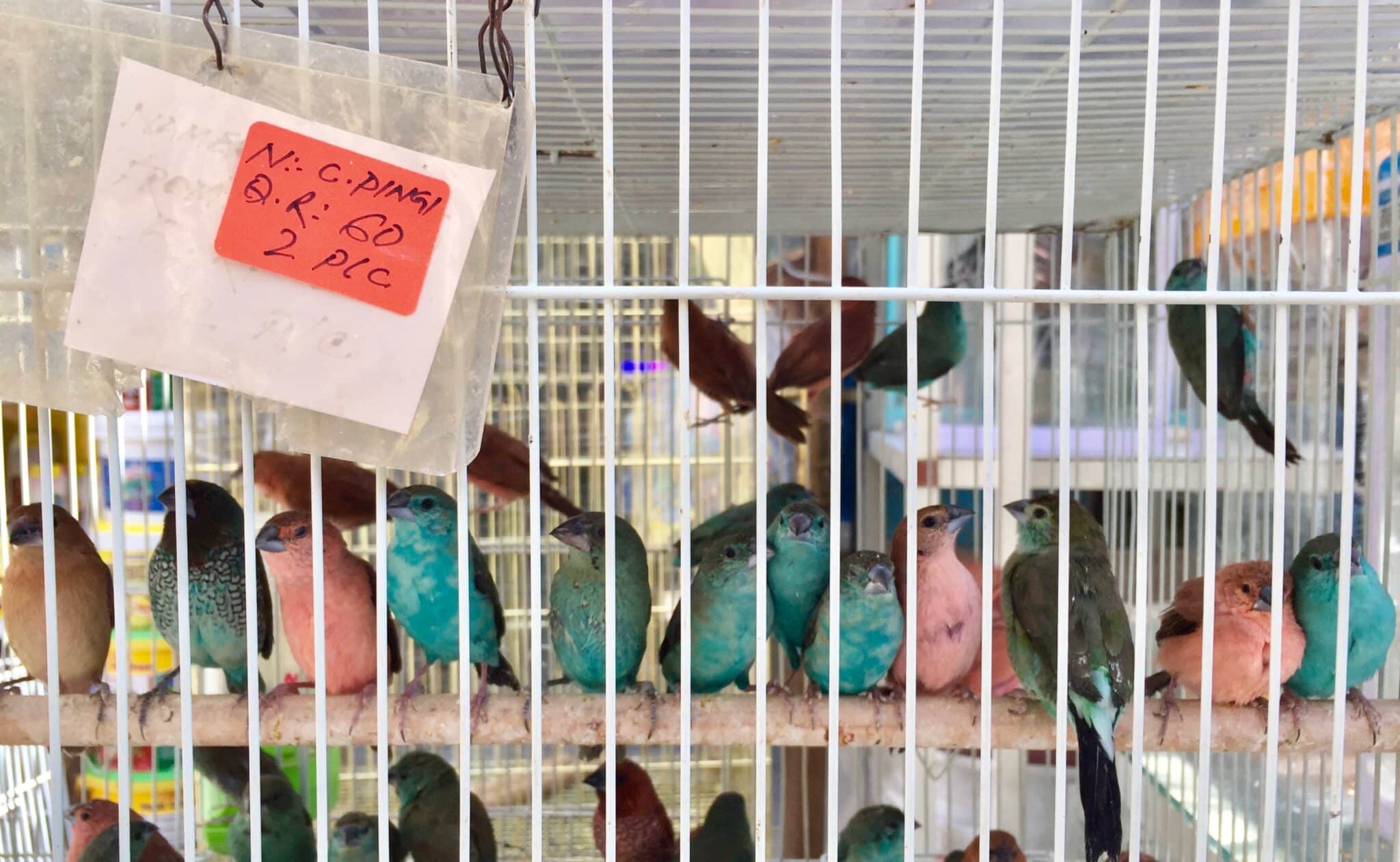
1. Souq Waqif, Doha
The city’s oldest market (souq) is a dusting old antique set against the abstract art exhibit that is downtown Doha (West Bay, The Pearl, etc.). It was relocated and expanded about a decade ago, so materially it isn’t as old as it looks, but the current iteration carries forward a legacy of at least a century’s worth of trading and selling in the same location. It’s open 9am-1pm and again 5pm-10pm.

You can scoop up spices, trinkets, necessities, shimmering treasures, chirping birds, dehydrated (probably) turtles, and food of varying proportions at dozens of eateries (like Parisa, below). Local life appears in snapshots as vendors working long days and children dashing about. And unlike in the bazaars of Istanbul and Marakkech, for example, sellers don’t claw your arms like falcons in pursuit of your purchasing power. The crowds are minimal, when crowds at all. It’s also adjacent to the swirling Islamic Cultural Center, inspired by Iraq’s Great Mosque of Samarra, which offers free Arabic lessons. And there’s a…
2. Falcon market (Falcon Souq)!, Doha
Steps from the billowing spices of Souq Waqif is the adjacent falcon market (Falcon Souq), where, when in Doha, you must take your understanding of falcon value to be dismantled. More than 20 independent proprietors stock shops with real-live falcons awaiting masters, who on the right day (I heard Thursdays), in season (~autumn), will bid on their favorites. Falcons here can fetch up to $150,000 each.

The pairing of human and falcon in fact dates back thousands of years to more nomadic times in these arid lands of west Asia. Vegetation was limited in the heat of summer. The terrain was rocky, uneven and hard to run over, and so the roaming bedouins, seeking help, found they could train falcons to hunt animals with them.
Historical note: The bedouins became Qataris in 1916 and independent from the United Kingdom on September 3, 1971.
These days, the hunting and the exorbitant spending around it are in the name of sport. But a falconer’s devotion to his falcon is still real. You’ll see it in the Falcon Souq, and learn a ton. Among the facts I took away:
- Qatar Airways, Emirates, Etihad Airways, and Royal Jordanian Airlines all permit falcons onboard their aircraft. That is how this happened.
- A falcon that travels between sovereign nations must in most cases, like you, have a passport.
- Falconry in the region (and east into deeper Asia) has been immortalized by UNESCO.
- A falcon is not an “animal” or a “bird.” It is a “falcon.” Do not forget it!

3. Souq Waqif Falcon Hospital, Doha
The falconry continues. The photo above depicts the area delegated as reception at the Souq Waqif Falcon Hospital, which is walkable from Souq Waqif. Here, falconers bring their falcons (~100 are seen each day) to be treated for injuries (damaged feathers, lost talons), cured of illness and given routine inspection. Again, the seriousness with which Qatar has invested in its falconry history is apparent.

What can you do here? Brasoon, a kind microbiologist, took us around on a freewheeling tour (that QIA could probably arrange; on a whim, you could try asking at reception) and shared a window into a very unfamiliar world. For a paltry $4-$14 a (routine) visit and some $60 a week, says Conde Náste Traveler, falcons seen at Souq Waqif Falcon Hospital are shown a level of care that I would see as reassuring in my own doctor. There are X-ray machines, blood labs with devoted technicians, a meticulous catalog of feathers (above)—even an orthopedist that specializes in fractures.
4. Lunch/dinner at Parisa, Doha
Parisa is the extraordinary Sharq Village & Spa’s famously fantastic Iranian/Persian restaurant, which is now stone-firing bread at two Doha locations. The one shimmering below—at which I took my best meal in Qatar—is the second, tucked into a wall in Souq Waqif. The floor-to-ceiling, gold-crested décor is more than simply ornate; it is humbling. Parisa at Souq Waqif will likely be one of the most stunning restaurants I’ll ever eat in.
Try a Mint lemon: A “mint lemon” is a refreshing drink Qataris like to cool off with. I’m not sure if Parisa even serves it, but you’ll find it somewhere. I loved it.

The story goes that the Qatari emir used to take meals here (the current emir allegedly still does on occasion). Your quarters will be slightly less stirring than his, but not by much. Get plates to share. Specifically: some eggplant-based apps, lamb kebab, pomegranate juice, and the fluffiest rice around. Persian food does not get much better.

5. Islamic Museum of Art (free!), Doha
The Islamic Museum of Art is a spectacular building inside and out. I.M. Pei was lured out of retirement for the project, and his final design is the culmination of a lengthy research odyssey through the Islamic world financed in whole by the emir of the day. Also by the emir’s hand, entrance to the museum is free for all visitors.
Remarkable art and antiquities are spaced throughout four floors, which orbit a tremendous atrium that looks out onto Doha Bay and the West Bay skyline. The permanent “Science in Art” collection I wandered epitomized exactly what I like in museums; the temporary Muhammad Ali exhibition, which I did not have enough time for, was described to me as tremendous. Go during the day, and leave yourself a few hours to wander (but not on a Tuesday when it’ll be closed).
Another angle: One night, floating in the waters off the Corniche crescent on a traditional dhow cruise, I tore into some baba ganoush with the museum alight off the stern. In the other direction, the funky skyline of West Bay pulsed with bizarre colors. I’m not sure it’s a Doha necessity, but getting out on the water was very cool.

6. Dinner at Shanghai Club at the Shangri-La, Doha
In my experience, the West Bay skyline (above) is no great cultural draw. It’s a clump of mish-mashed architecture like no other I’ve seen, but time at West Bay street level is simply not worth the heat. That said, you should set foot to ground in West Bay so that you may walk inside the ice-cool Shangri-La Doha. Forty-three stories up, Shanghai Club serves delicious Chinese flavors to the sort of Qataris who might watch VICE News. Fantastic views complement a modern, thoughtful space. Highlights: the fortune chicken (which I was asked to smash with a wooden hammer), some incredible dumpling-like appetizers, and kooky gin and tonics (like with lavender).
7. Six Senses Spa, Doha
You may as well lean into the luxury while in Doha. At Sharq Village, both hotel guests and visitors are encouraged to disappear inside the world of wood, water and meditative bells that is Six Senses Spa. Therapists offer treatments localized to reflect Qatari philosophy and, as available, the restorative environments of other, “home” Six Senses Spas around the world from which they may be visiting (like Seychelles).
My 30-minute session was a revelation. During his stay at Sharq Village, Johnny called this his favorite spa in the world.

8. Al Zubarah Archaeological Site—and Fort, northwest Qatar
Al Zubarah Archaeological Site is a UNESCO World Heritage Site. Excavation is slow and underfunded, but picks and brushes are day by day revealing the bones of a former Arab stronghold. Al Zubarah was a giant in the 18th century, wealthy from the yields of pearl diving and naval ingenuity. You can for now only survey the massive grounds from behind ropes, but hopefully there will be more to see soon. And you can learn a ton about the glory years of pearl diving at nearby…
…Al Zubarah Fort. The fort was built in 1938, so except for the “Al Zubarah” part, which is borrowed from what feels like the one other thing in the area, Al Zubarah Fort is completely unaffiliated with the archaeological site. But it is nearby, and it opens up its soul to all who care to wander through it. Insight into regional history—which has roots in 35,000 B.C.—and its legs through the generations covers the walls (sort of). Much to be learned here.

9. Dune bashing, south Qatar/Inland Sea
Some form of desert covers the majority of the Qatari peninsula. A young Qatari guy told me that as a citizen, he would be embarrassed if he were not able to drive in it. After “dune bashing“—a staple of any Qatar visit—I understood that “drive in the desert” was meant to imply control over a white Toyota Land Cruiser or Nissan Patrol whipping over, on and around the sand dunes of southern Qatar. It’s intense and a ton of fun. To that point, someone in your car will probably be spooked by the speeds being kept at 30º gradients, and everyone will laugh about that. With a reliable group like QIA at the helm, you can be transferred south from Doha, dune bashed and returned to your hotel for one price.
You’ll tear around the open desert, but these guys knows the good routes. And most of the tracks lead to the Inland Sea, one of two places in the world where sand dunes meet the sea (the other is the Namib Sand Sea)—and the only place from which Saudi Arabia is also visible across the water (as is a set of private islands off limits to all but the emir).

Where to stay
For visitors, it’s pretty much all luxury in Qatar. Guest beds are also mostly concentrated in Doha, with more scheduled for development ahead of World Cup kick-off (2022). Two Doha options I can speak to (both Ritz-Carltons):

Sharq Village & Spa, Doha
Most of the newer hotels in Doha eschew locality in favor of height, room size and other modern priorities. Ritz-Carlton’s Sharq Village & Spa, meanwhile, is a converted fishing village and royal dwelling. It weaves the most considerate touches in hospitality through a 174-room property of delicate, swooping white buildings. The whole place holds at just a few stories tall but stretches as wide as your imagination will allow.
Also: It’s on Doha Bay (with 300 meters of private beach), it houses the tremendous Six Senses Spa, it hosts movie nights and s’mores feasts under the stars, and there’s a phenomenal shisha terrace (get grape-mint) on the roof that looks out at Doha Bay. Rates start at $203/night (buy early for the Advance Rate).
More: Johnny’s write-up of Sharq Village & Spa.

Ritz-Carlton Doha, Doha
The only hotel in Doha operating on a private island. Also known to host to guests of international renown. At the Ritz-Carlton Doha, the hospitality is big, grand and doting from the moment you step into the lobby. Club Level status (you can pay up for it) grants you, among other luxuries, hot breakfast and tea in a beautiful, skyscraping library of a space that I highly recommend.
Also: Recent renovations have the rooms sparkling, some tremendous people work here, and the outdoor picnic-style brunch (people apparently love brunch in Doha) is a huge hit. Rooms start at $163/night (buy early for the Advance Rate).
More places to stay: Via the Qatar Tourism Authority.
Getting to Qatar

Qatar Airways is a fantastic airline, with a beautiful, new hub—Hamad International Airport (DOH) in Doha, Qatar—to match. Direct, daily flights from Doha are available from at least nine American cities: Atlanta, Boston, Chicago, Dallas, Los Angeles, Miami, New York, Philadelphia, and Washington (D.C.) (full destinations map here). Should you just be flying through, you can grab a visa on-arrival for under $27, or for zero as covered by Qatar Airways (with a confirmed booking) for stopovers of up to 96 hours.
Regarding the electronics ban: Qatar Airways is now offering its premium passengers laptops for use free of charge.
For more information, visit visitqatar.qa and qia-qatar.com.










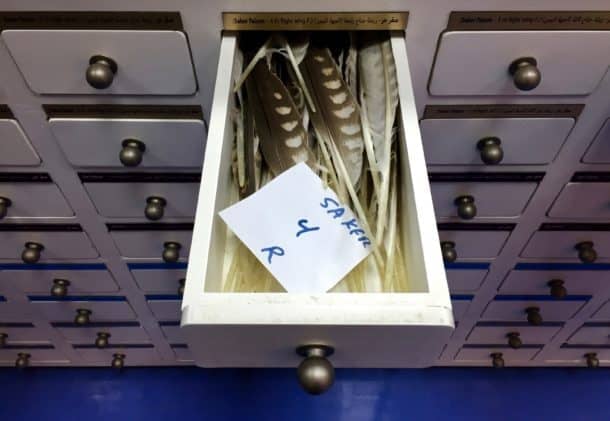




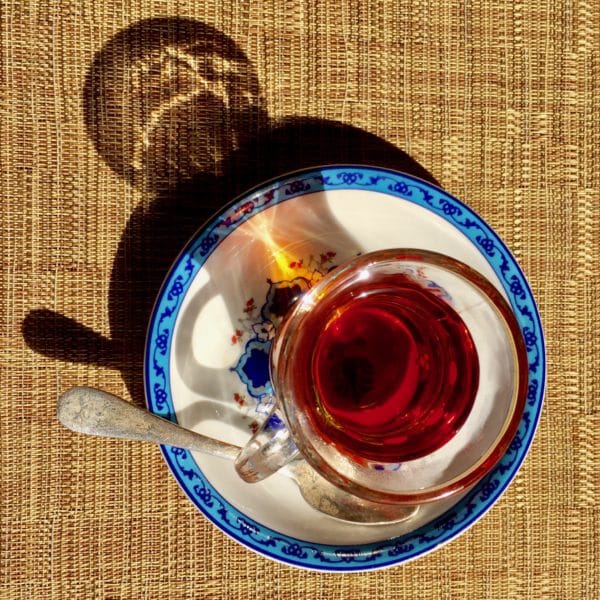




















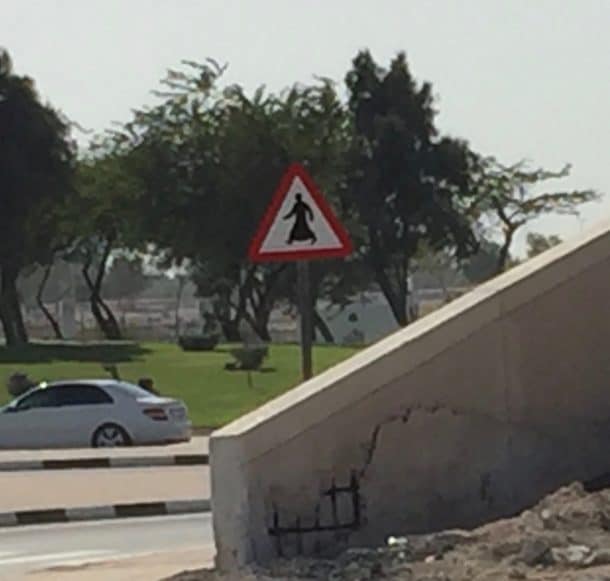






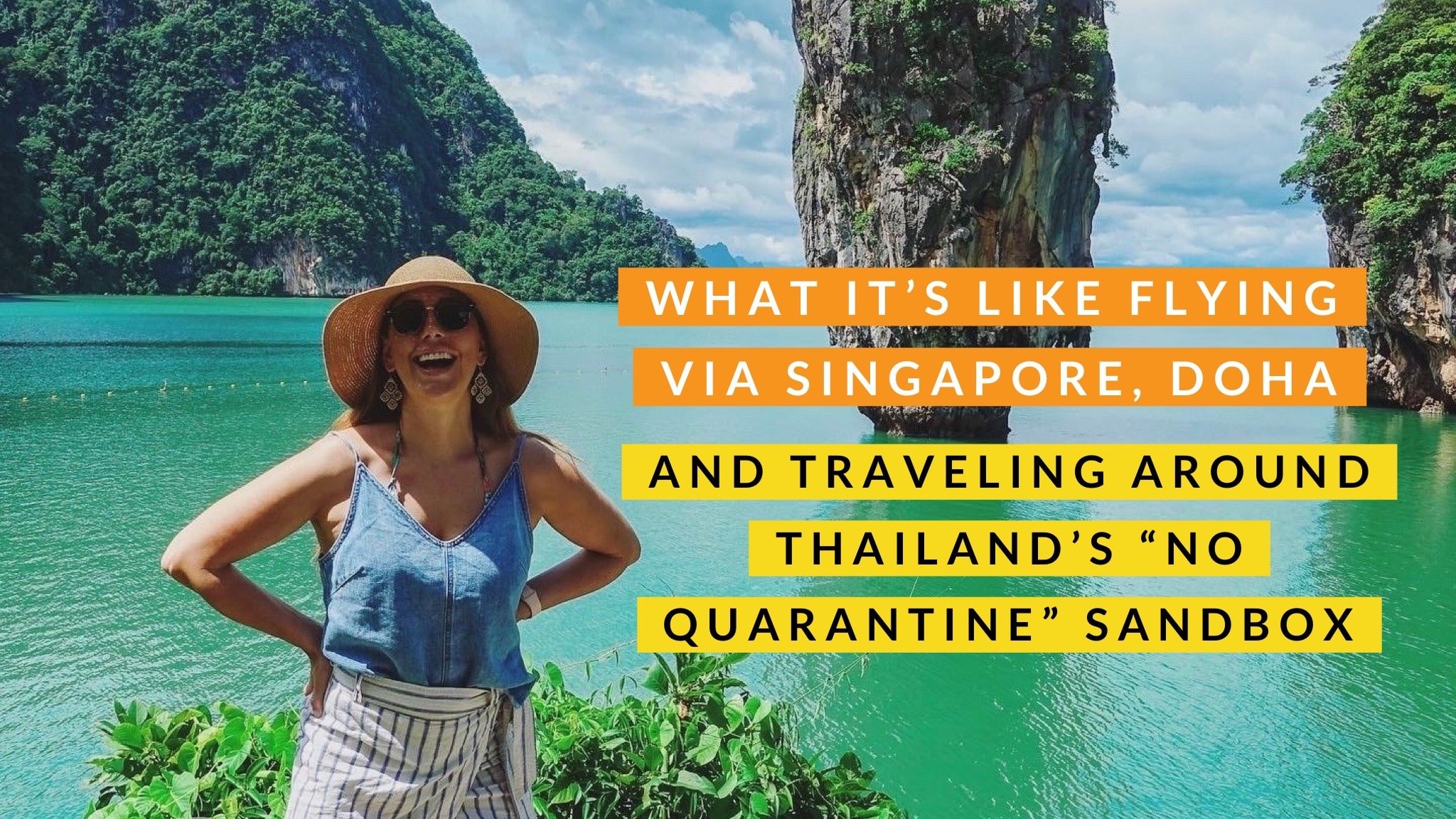
Great Read on Qatar! You listed a 9 things to do in Qatar, I will remind all the points and definitely do whenever I will visit at Qatar. This city is now added into my list to visit. As an travel, i would like to collect information of different places then I will plan to go over there.
Thanks for Sharing!
Hello, I usually stop at Doha with Qatar Airlines. I did went downtown for few nights and haven’t been amazed by the city. I did not had much time as for business and was not aware of what you have been describing in your blog. I like middle east and will be there this winter. it will be a good opportunity to discover Qatar again. Hope they solve quickly the dispute and all get more peaceful there. Cheers
Interesting to know that Qatar had so many intriguing trivias about it. Qatar is certainly a country worth visiting.